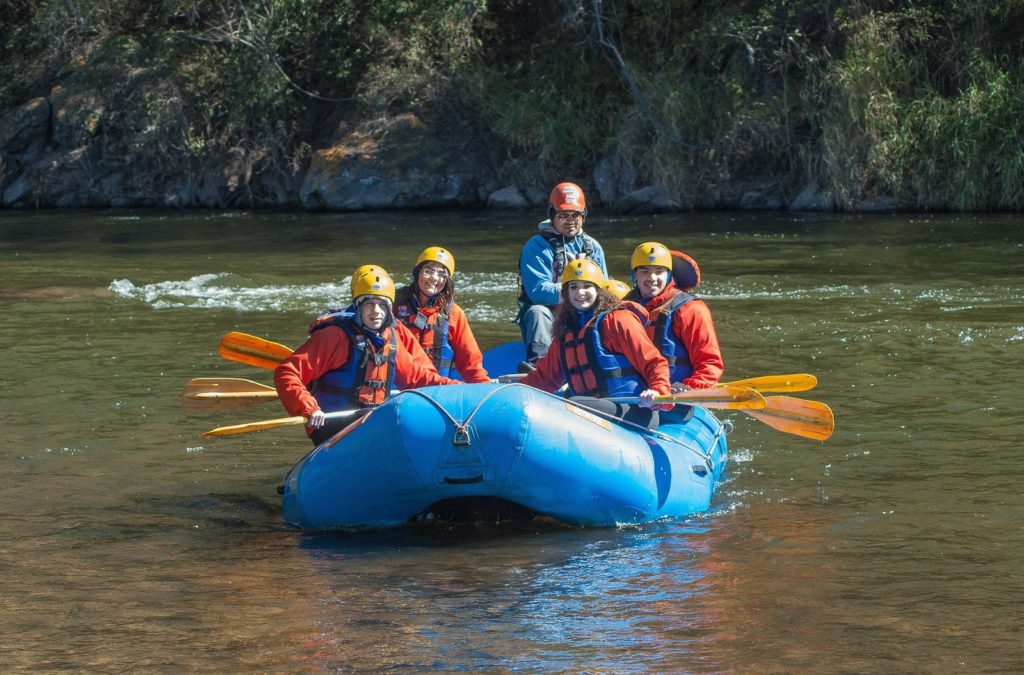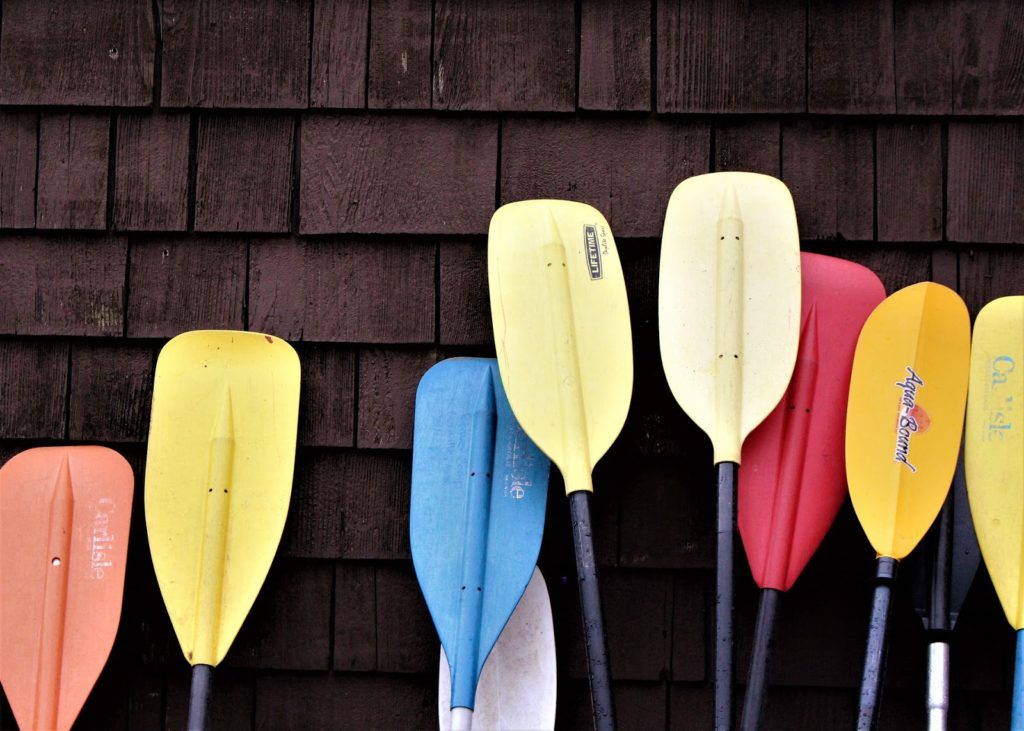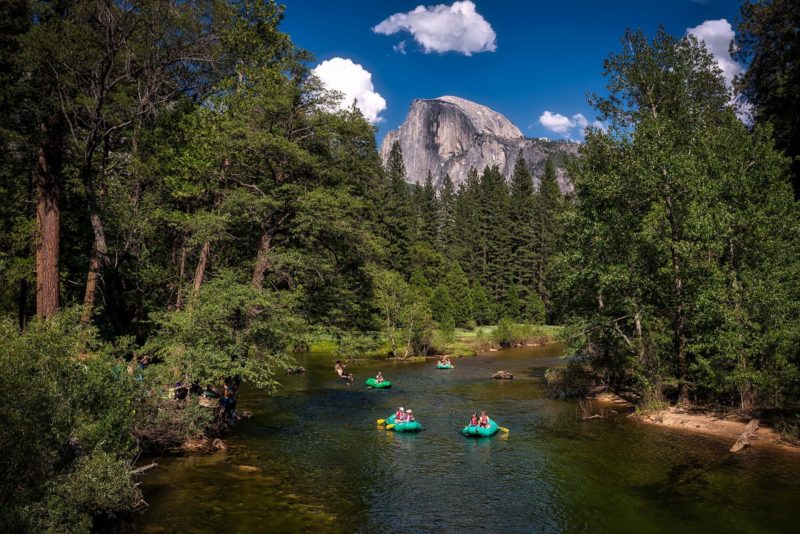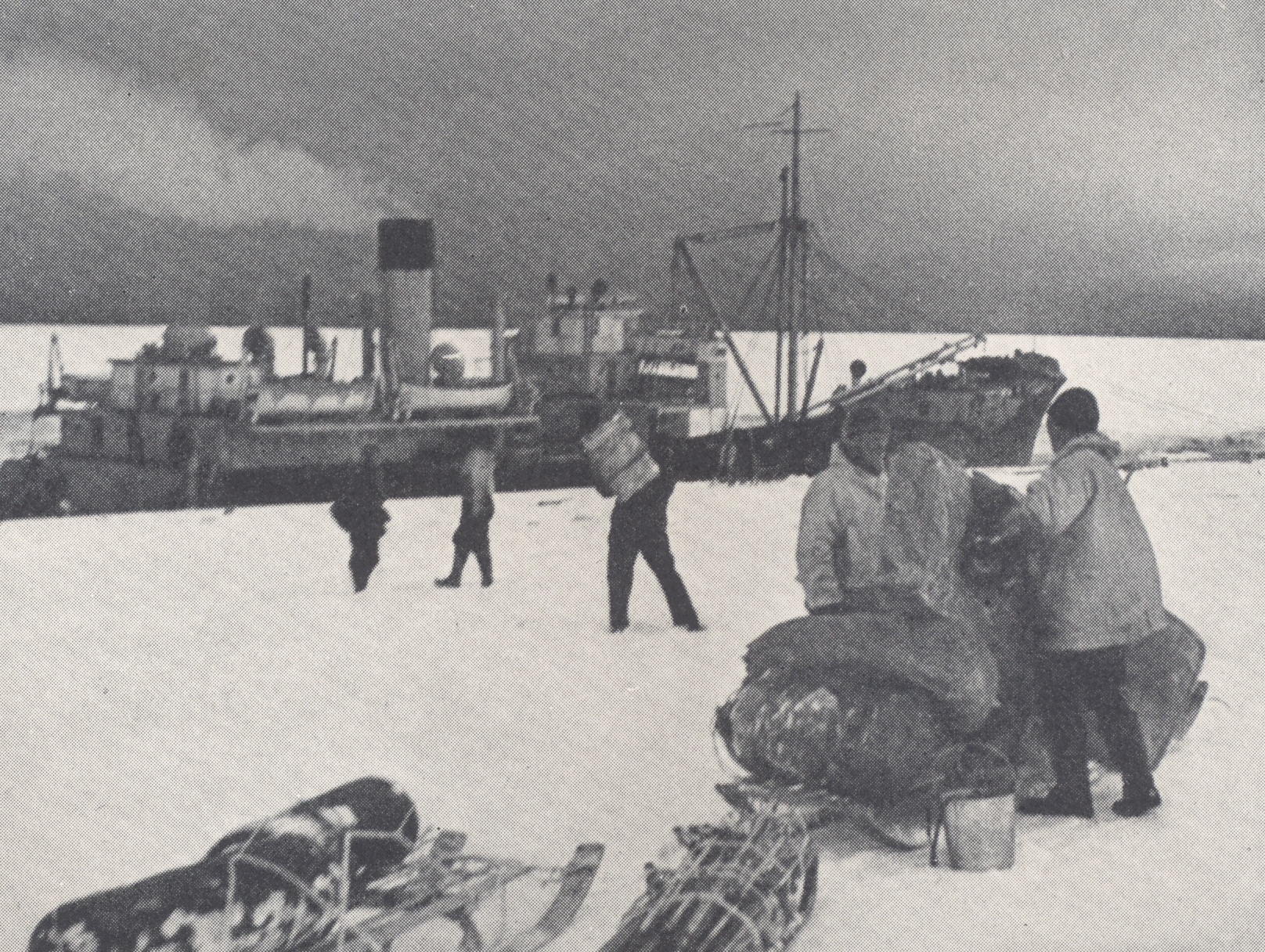How long has it been since you planned a family vacation? Every family needs to get out there to experience the plentiful adventures nature has to offer. If you are looking for the perfect family outing where everyone is involved and is a whole lot of fun, then whitewater rafting should be a good choice!
Whitewater rafting is a fun way for families to get together and do something in the great outdoors. It is relatively safe, and people of all ages and skill levels can participate in making it a complete holiday of fun and frolic. While it was considered dangerous earlier and only a few people took to it, it has since then become mainstream and professional rafting companies have managed to provide a safe and enjoyable experience.
Let’s look at what you need to know to make the most of your whitewater rafting adventure for your family.
 5 Tips for Whitewater Rafting
5 Tips for Whitewater Rafting
Choose a Professional Rafting Brand
Unless you are a professional rafter who is teaming up with like-minded people and know exactly what you want, getting in touch with a professional rafting company is your best bet to have a safe and wonderful rafting holiday. They have ample experience in dealing with people of varied skill levels, and their equipment is also top notch.
Make sure that you check their website for qualified guides. Professional whitewater rafting guides are especially important if this is your first time. They can walk you through detailed guidelines which can help tackle most problems that can crop up. They also know the route pretty well and help you get the most out of the trip. If you are ever in the Colorado area and would like to try something more adventurous on your holiday, whitewater rafting with Echo Canyon River Expeditions is a brilliant option. They have been around for close to 40 years and can give you and your family an unforgettable whitewater rafting experience!
Safety first

Image Source: No attribution required
One important part of the vacation that we can’t stress enough on is safety. Safety equipment is the only thing that can prevent injuries in case things turn for the worse and you need to make doubly sure that you’ve got the best equipment possible as well. Also take care to make sure that they are fastened to your person as well.
One of the most important pieces of safety equipment is the life vest also called the Personal Floatation Device (PFD). Even if you can swim, doing so in fast flowing water is not easy. A life vest can keep your head above water if you fall overboard. Make sure that this is secure and not loose before you head out to the water.
Helmets are another critical part of the safety ensemble. While you might be falling into water, some technical rapids have sharp rocks that can cause injury if you are not well protected. Chances of an outright head injury are pretty slim with whitewater rafting, but it’s better to be safe than sorry.
If a person is thrown overboard, a throw-bag is used in case they need to be dragged back to the raft. A throw-bag basically consists of a bag with a length of strong rope packed loosely into it. This is a standard issue for all outdoor river recreational activities.
A mandatory first aid kit is provided which has basic medical supplies like antiseptic, splint, and bandages, etc. which can be used in case of an emergency. Every expedition also has a Z-Drag kit which is useful for getting a raft off rocks in the river.
Rafting classifications
When you are planning a rafting trip for your family, it is important to keep in mind that rapids are classified based on the difficulty of navigating it. This classification is referred to as the International Scale of River Difficulty. Ideally, the rafting company you get in touch with can help you decide what you should choose based on the people participating.
The detailed looks at different classes –
Class 1 – Easy
For fast or medium paced water with a few easy obstacles and small waves or riffles. Both swimming and self-rescue are easy too.
Class 2 – Novice
Wide and straightforward rapids, with small to medium-sized rocks that require some maneuvering. Trained paddlers and swimmers should be able to deal with this class.
Class 3 – Intermediate
This requires a little more skill with maneuvering, as currents get powerful and obstacles can be more intense. For beginners, scouting the waters is advisable.
Class 4 – Advanced
The water can be turbulent, with intense waves, and obstacles are much larger in size. Scouting is a must, and contingency plans are always required. Not suitable for non-swimmers.
Class 5 – Expert
Paddlers can be at risk due to constantly rough and strong rapids. A very detailed skill set is required to be able to maneuver in these waters, as is proper equipment and safety protocol.
Class 6 – Exploratory and Extreme
This classification is rare to come across, and even rarer to get the required clearance for riders to explore. It requires extensive scouting, and also full-blown preparation for dangerous accidents.
Control the paddles

Image Source: No attribution required
An aluminum paddle is what you use to control the direction of the raft. A lot of first-timers make the mistake of dragging their paddles along the water because their arms are tired. This causes drag in the water which might be dangerous depending on the kind of water you’re on. What you can do though is rest your paddles on the raft without disturbing the rest of the paddlers. Another thing you need to watch out for is knocking other people in the raft with your paddle. Sometimes this can even result in them in falling overboard. You always need to be aware of how your paddles are positioned especially in rough water.
Rafting commands
Before the start of most rafting experiences, a guide goes over all of the commands used for rafting. They are simple to follow and are important to keep you as well as your fellow paddlers safe. Here are some of the commands that are commonly used by guides when rafting –
Forward Paddle – all the paddlers paddle forward in unison
Backward paddle – all members paddle backward
Left-back – people on the left will paddle back
Right-back – people on the right will paddle back
Stop – all paddlers need to stop paddling
High side – this is used to keep the raft from flipping over. All the paddlers throw their weight to the “higher” side of the raft when it hits an obstacle.
Lean in – this command is used when a guide feels that there is an imminent jolt from collision or drops. Paddlers are expected to brace themselves by leaning down and forwards to the center of the raft.
These are by no means exhaustive but are the most commonly used commands during a rafting expedition.
Conclusion
A vacation is a much-needed break for everyone in the family, and the last thing you need is hitches preventing you from getting the most out of it. Getting in touch with a professional rafting company can have you covered from almost all of the problems that can arise during a rafting trip. Also, remember to dress in clothes that you don’t mind getting wet in!

